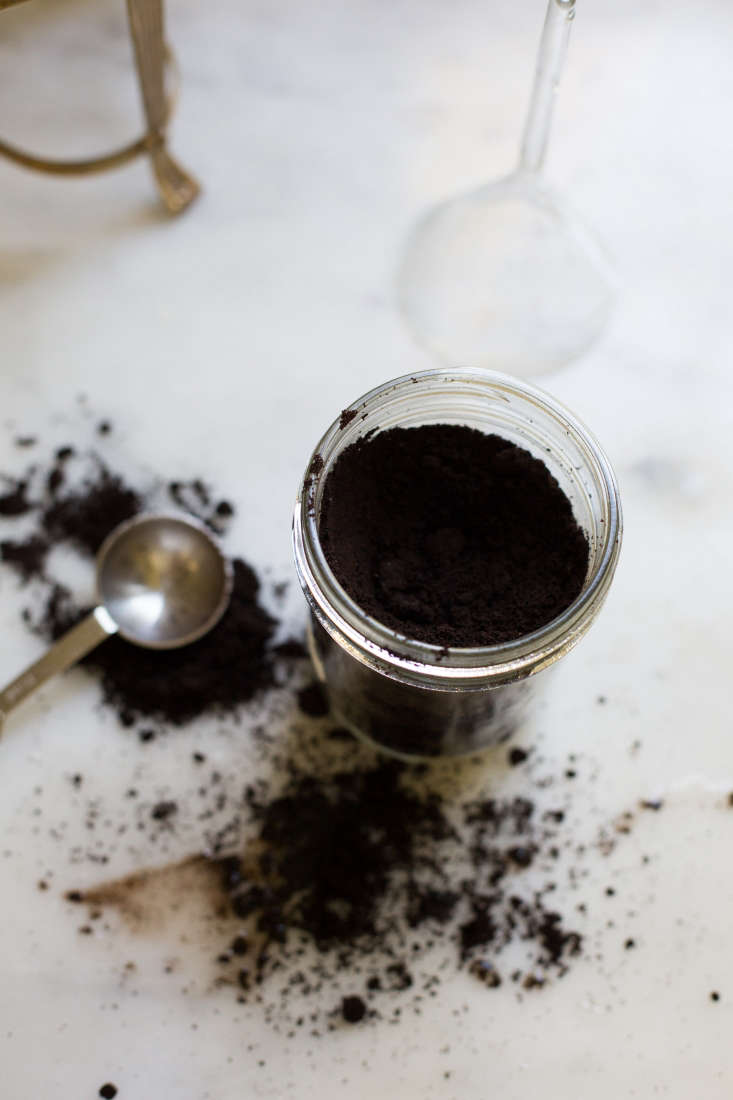If you live in a region where snow and ice are common in winter, you probably already know you shouldn’t scatter rock salt to make sidewalks and garden paths safe for pedestrians. Sure, salt (aka sodium chloride) is cheap and melts the ice, but it can wreak havoc on plants—not to mention your poor dog’s feet and your own footwear. It also erodes concrete and corrodes metal gates, fences, and your car. What’s worse, salt in runoff harms aquatic life in our streams, rivers, and lakes, and does further damage after it contaminates the earth’s groundwater supply.
For advice on environmentally friendly ways to clear ice and snow, we talked to Andi Pettis, director of horticulture at the High Line, the beloved New York City park that opened in 2009 atop an abandoned elevated railway and which stretches for almost a mile and a half on the west side of Manhattan.
Avoid Compaction

How do park staffers remove ice and snow from the High Line’s paths? According to Pettis, they do it the old-fashioned way. Step one: While snow is falling, they close off the park to keep people from walking on the paths and compacting the snow.
“The weather on the High Line is always more intense than at ground level,” says Pettis. “The park is essentially a bridge thirty feet in the air, so it freezes both from above and below. And the wind off the Hudson averages twenty miles per hour faster than at ground level.” That means that snowfall freezes quickly on the paths (made of pre-cast concrete pavers), especially if it gets compacted, and takes a long time to melt.
High Line caretakers are especially sensitive to issues of water pollution. “The grading is engineered so that precipitation runs straight into the planting beds,” says Pettis. “But any overflow drains into the city sewage system, and the less salt we put into that the better.”

Of course, the staff on the High Line also needs to protect the plantings—the park is home to more than 350 species of perennials, grasses, shrubs, and trees.
Shovels, Brooms, and Bobcats

As soon as the snow stops, the staff gets out to clear it away by hand using snow shovels and snow brooms. If it’s deep, they use a Bobcat (a small utility vehicle with a snow-plow attachment).
And what de-icing products do they use on paths? None! Pettis says they depend on the sun’s rays to melt the snow after the weather warms up. “As soon as the paths are clear enough for people to walk on, we open the park back up so visitors can enjoy seeing it in the snow,” she says, adding, “It’s really magical then.”
The High Line staff is also responsible for keeping access stairways clear of snow, as well as the sidewalks at street level around the entrances. Here, where safety is an issue, they do rely on a commercial de-icer.
Plant-Friendly De-Icers

On the High Line, “we use Blizzard Wizard, a Morton Salt product that’s more friendly to the environment than plain rock salt,” says Pettis. “It’s made of sodium chloride encapsulated in magnesium chloride, which apparently inhibits the corrosive effects of the salt.” For a list of snow and ice melts that meet the EPA’s Safer Choice standard, go here.
Here are more de-icing solutions—they’re easily acquired (some even free) and will melt ice fairly quickly without harming your plants or the water supply:
Coffee Grounds

Coffee grounds: This waste product contains nitrogen and acids that help melt ice; the dark color absorbs the sun’s heat to speed the process. The grounds also add traction to make the surface less slippery. Unless you’re a caffeine addict, you probably won’t generate enough to serve the purpose, but many Starbucks stores give away free bags of used grounds, generally used as fertilizer. If your local Starbucks doesn’t participate in the program, ask around at other coffee shops in your neighborhood (or start collecting them at your office).
Sand or Gravel

Sand or gravel: This is the basic old-school approach. As long as there’s not too much ice buildup, this helps by adding grit to make the surface less slick. Cat litter has long been used for this purpose, but beware the newer clumping litter—when wet, it turns into a gloppy mess that’s even more slippery. Birdseed can also work, and the sparrows will thank you.
Ashes

Wood ash: If you have a fireplace, you can use the ash from your fires to help melt ice. Ashes contain potash, a gentle de-icer; the dark color absorbs the sun’s heat and the grit provides traction underfoot.
Alfalfa Meal

Alfalfa meal: Surprisingly, this natural organic product, primarily used as a fertilizer, is an effective ice melter that also helps provide traction. Unlike many fertilizers, it actually smells fine, and your garden’s plants and earthworms will appreciate it come the warm weather.
Sugar Beet Juice


Back to shoveling: Be like the High Line caretakers and avoid walking on your paths while the snow is falling; that way it won’t get compacted and harder to clear. After the flakes stop falling (or sooner, if you’re expecting a big drop), grab your shovel and start digging out. Shoveling is good exercise, and avoiding commercial de-icers, with all their noxious chemicals, is best for the environment.
For more on the High Line, see 10 Garden Ideas to Steal from the High Line and Secrets to Surviving a Hurricane.
Design a safe path or walkway with tips from our Pavers 101 Design Guide and Hardscaping 101: Design Guide for Paths and Pavers.
N.B.: This post has been updated with new prices and links.



















Have a Question or Comment About This Post?
Join the conversation (0)